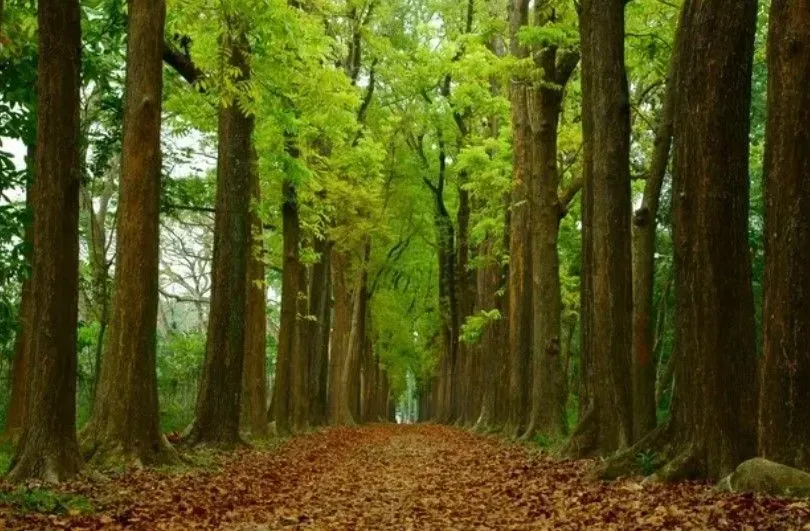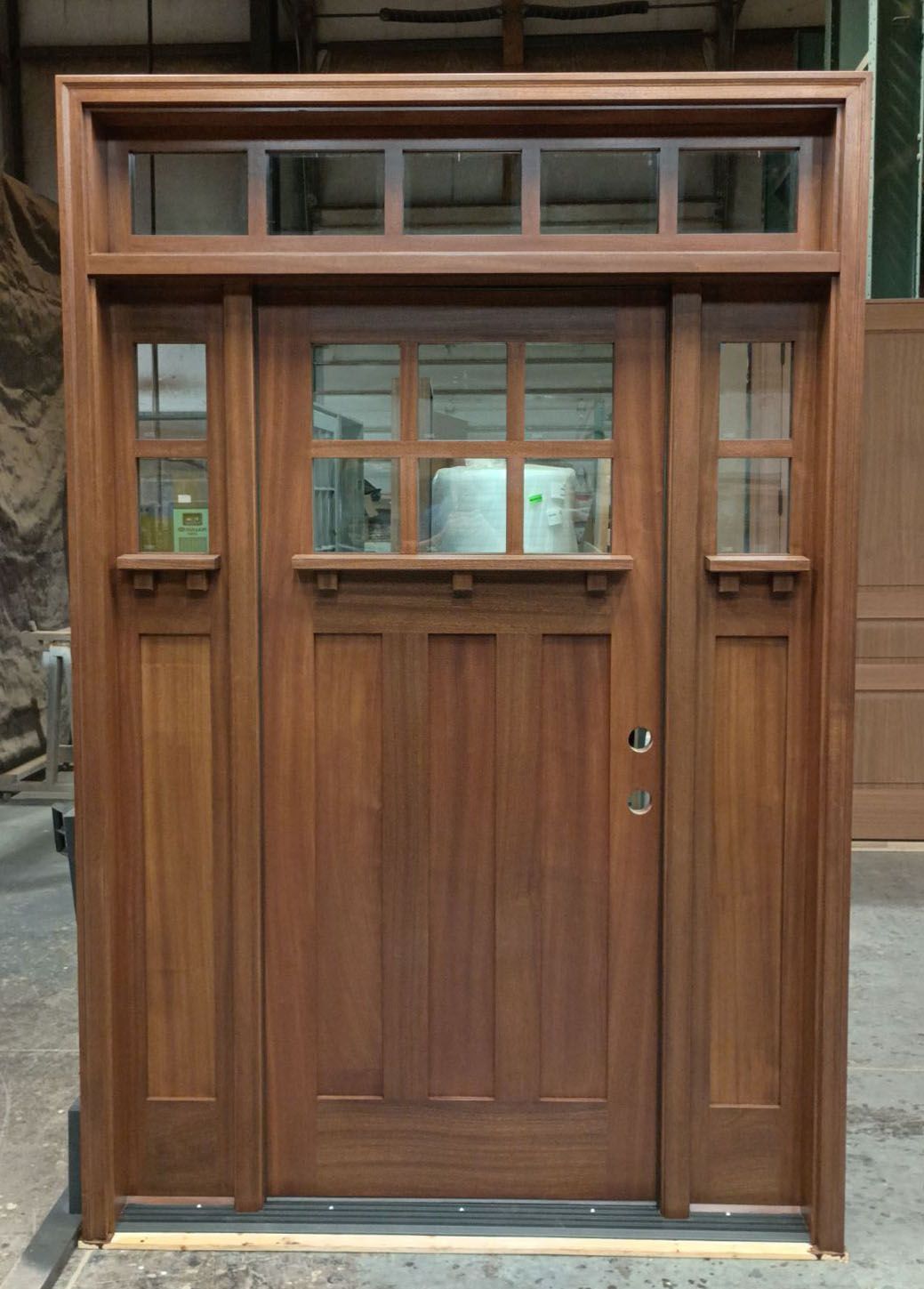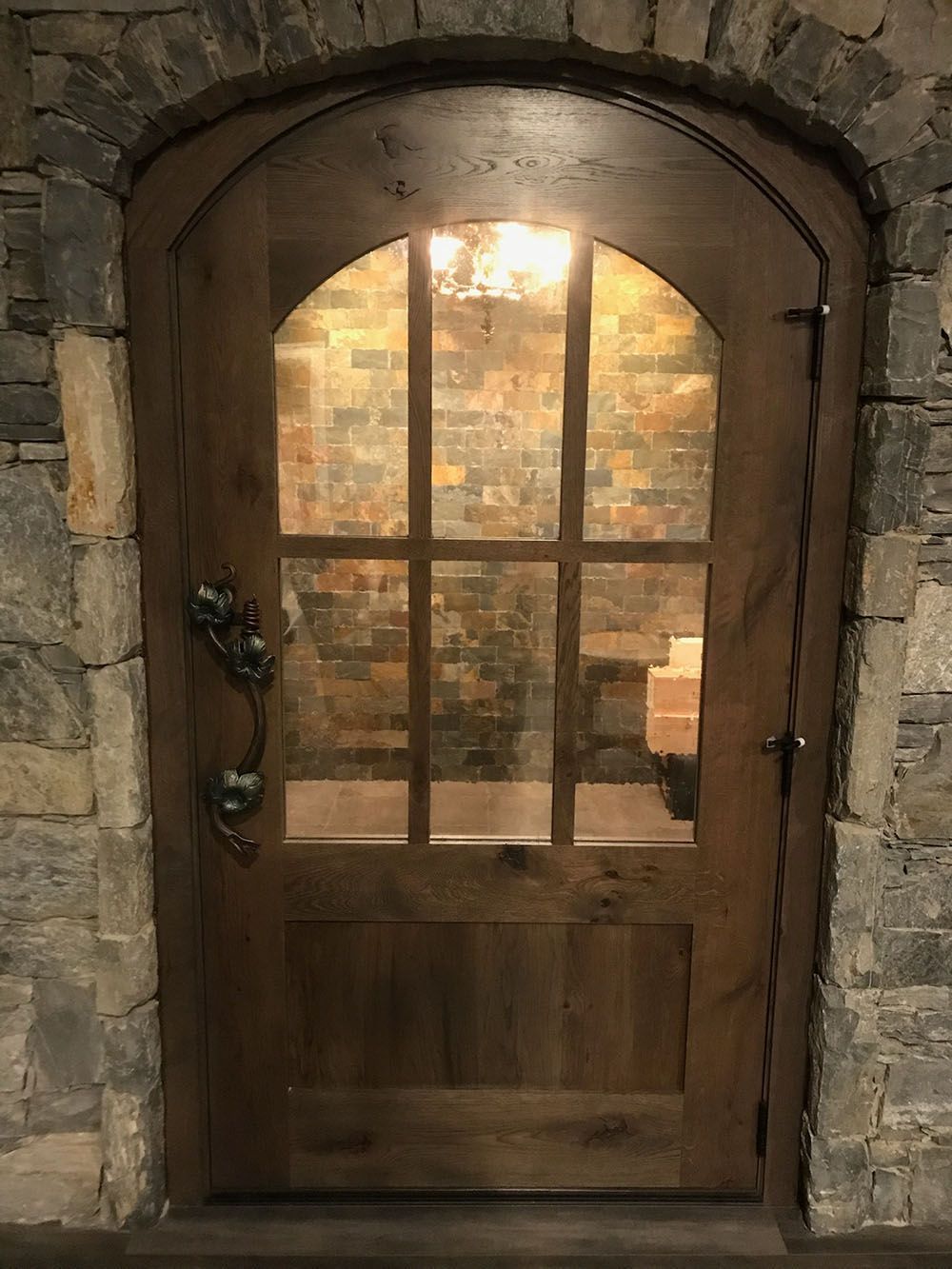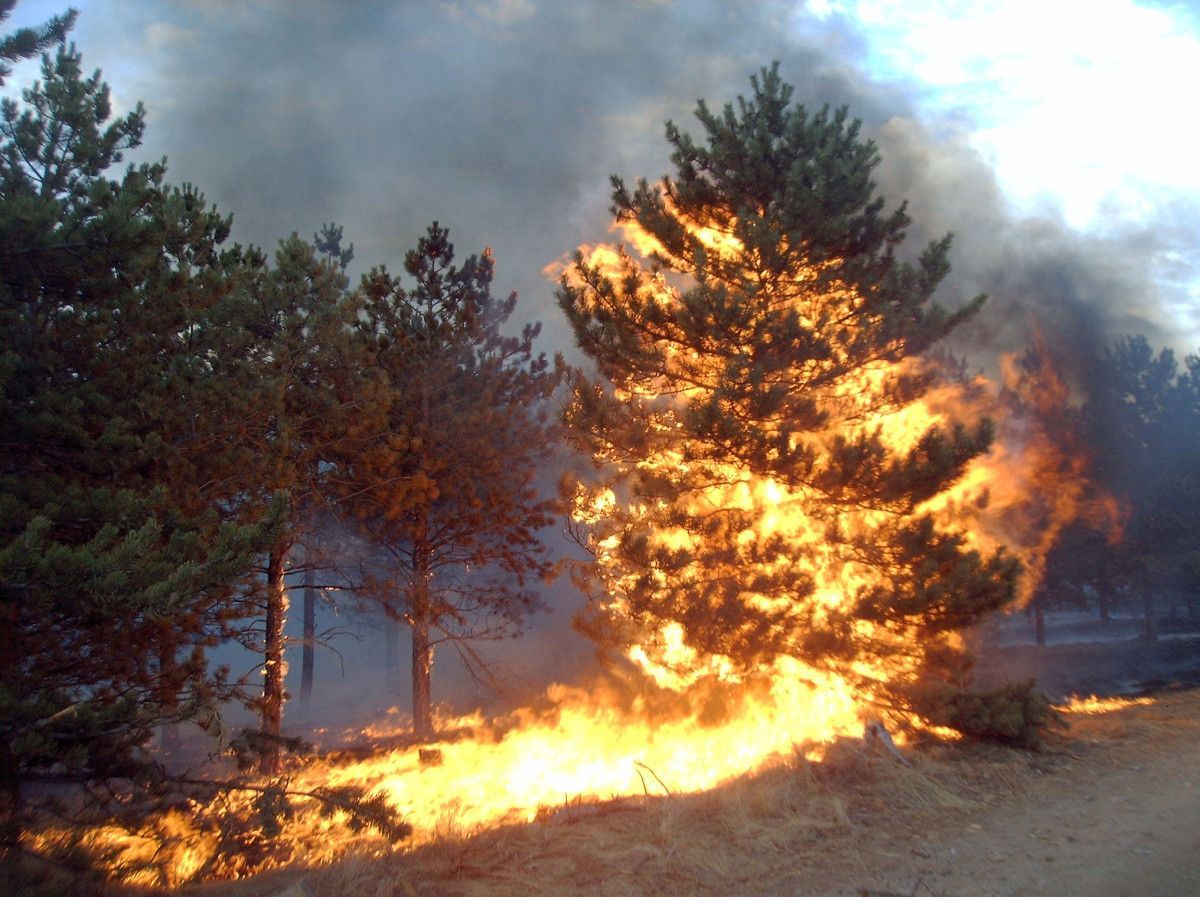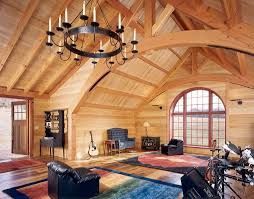Preserving White Oak Trees Through Sustainable Tree Farming
Sustainable arbor stewardship and responsible tree farming practices are necessary to ensure the survival of this valuable species.
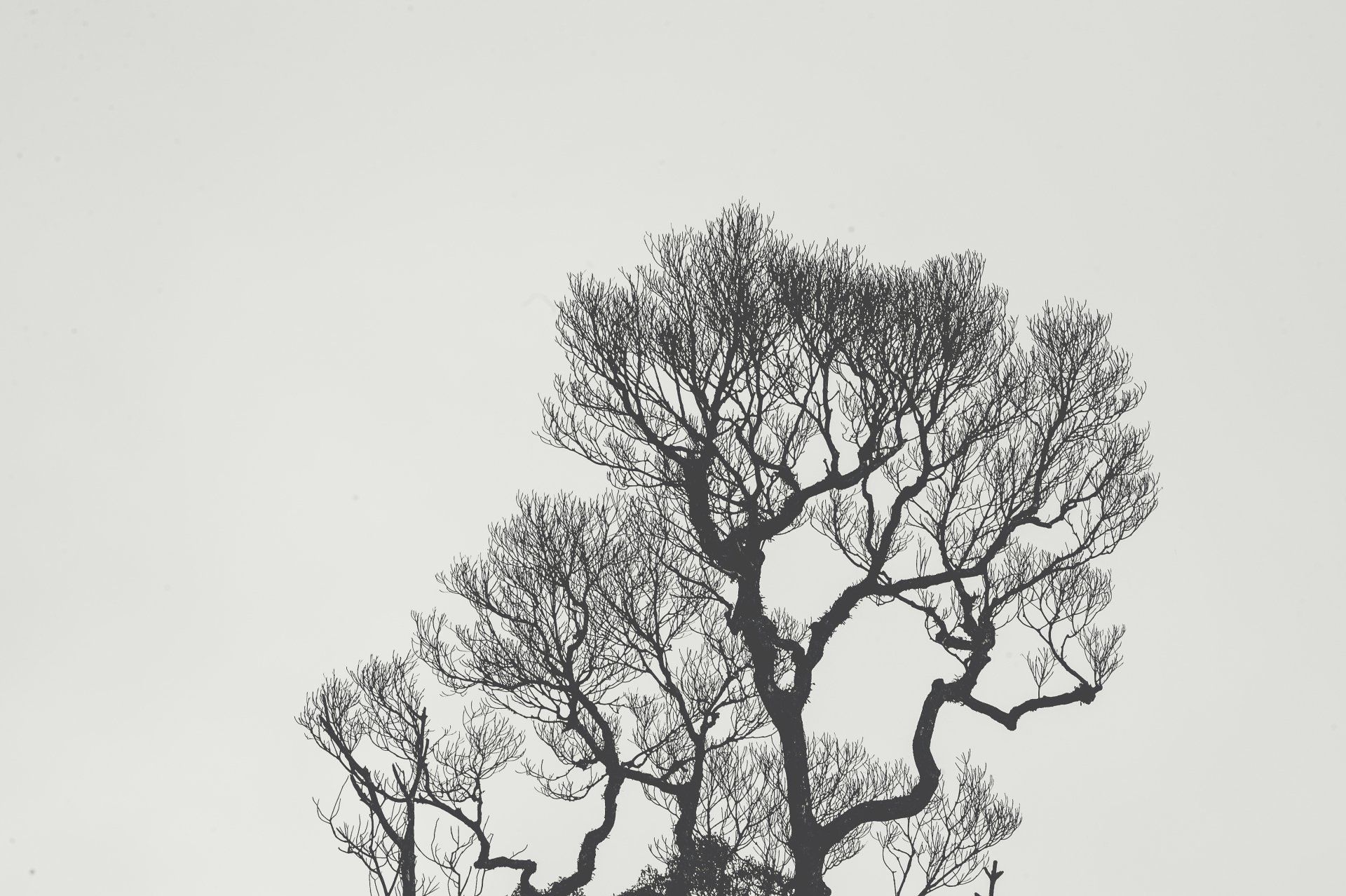
White oak trees, scientifically known as Quercus alba, have long been valued for their durability. In recent years, their demand has skyrocketed due to their compatibility with modern architectural styles. This increased demand has created a pressing need to ensure their prominence, and it further elucidates the importance of tree farming as sustainable arbor stewardship. Without human intervention in controlled environments, white oak trees face the risk of steep decline.
The value of a tree is primarily determined by the quality of the first 16 to 20 feet. Well-managed forests can experience diameter growth of three to four inches per decade, underscoring the significance of sustainable tree farming practices. White oak trees are deciduous trees that annually shed their leaves. They are hardwood trees with exceptional durability. White oak wood ranges from a light pale yellow to a gentle brown, a feature that was once considered unremarkable but is now highly sought after in modern designs. White oak is a shade-adverse species, meaning it struggles to compete with more shade-tolerant species like maple, and its growth is best measured in decades, emphasizing the need for long-term stewardship and sustainability efforts. As these trees mature slowly, it's crucial to take action now to ensure their survival for future generations.
The surge in demand for white oak can be attributed to its compatibility with contemporary architectural styles. Lighter wood colors and grains are in vogue, and white oak comports with this trend. Furthermore, the preference for black and satin nickel hardware in modern designs, such as the modern farmhouse and mid-century modern motifs, has further boosted the popularity of white oak. Unlike the polished brass hardware of the past, this hardware complements white oak's pale complexion, making it a preferred choice for many designers, architects and homeowners.
Because white oak trees face increasing demand as well as inherent and external threats, tree farming has emerged as a crucial practice. Sustainable arbor stewardship and responsible tree farming practices are necessary to ensure the survival of this valuable species. We must evolve our practices and support sustainable tree farming to preserve the beauty and utility of white oak.



